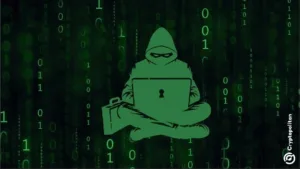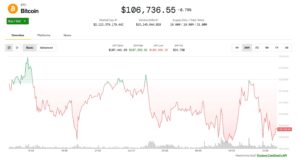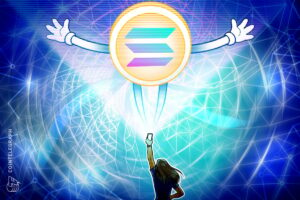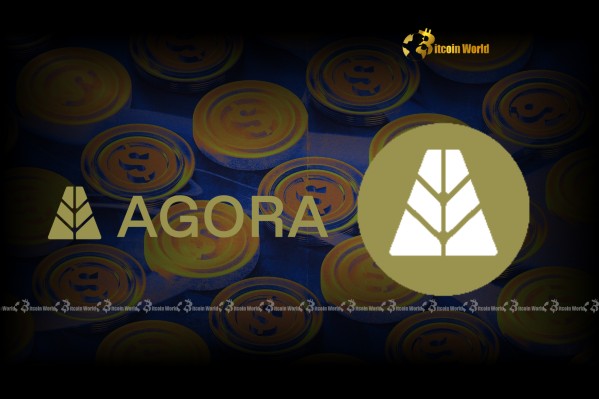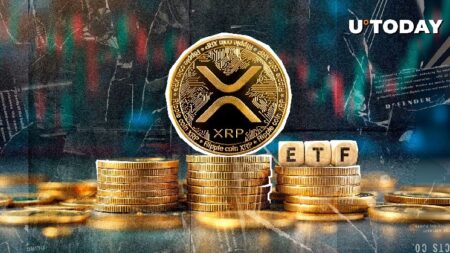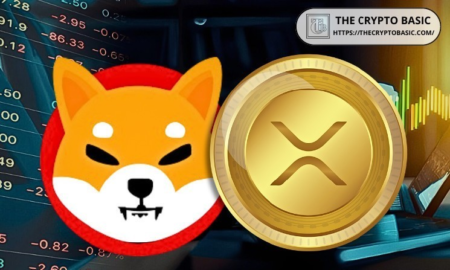In the high-stakes arena of digital finance, trust is the bedrock upon which the entire ecosystem is built. Nowhere is this more evident than with stablecoins, the digital assets designed to maintain a stable value. But what happens when a leading stablecoin issuer, Agora, casts a dark shadow over the credibility of a major crypto bank’s evaluation? The recent dispute involving Agora AUSD and Anchorage’s stablecoin safety report has sent ripples through the market, forcing us to question the objectivity of such critical assessments.
Is the Anchorage Report Truly Unbiased?
Anchorage Digital, a federally chartered crypto bank, recently released a stablecoin safety report that quickly became a talking point within the industry. The report aimed to provide a comprehensive analysis of various stablecoins, ranking them based on perceived safety and structural integrity. However, the findings immediately drew sharp criticism from Nick van Eck, the founder and CEO of Agora, the entity behind the AUSD stablecoin.
According to van Eck, Anchorage’s assessment, which cited “structural risks” for its low rating of AUSD (and even USDC), was not a genuine reflection of security concerns. Instead, he vehemently argued that the true motive behind the negative assessment and the subsequent delisting of AUSD was Agora’s refusal to participate in Anchorage’s proprietary “Genius Bill as a Service” program. This program, presumably, offers a suite of services for institutions looking to issue or manage digital assets, potentially under Anchorage’s regulatory umbrella.
Van Eck’s assertion transforms what would typically be a technical dispute over risk assessment into a contentious debate about commercial leverage influencing independent evaluations. He highlighted that while a business-driven delisting would be an understandable commercial decision, masking such interests behind fabricated security claims is disingenuous and harmful to market transparency.
Understanding Agora AUSD’s Position
Agora AUSD is a stablecoin aiming to offer a reliable digital currency pegged to the US Dollar. For any stablecoin, market confidence is paramount, and a negative rating from a reputable institution like Anchorage can significantly impact its adoption and perceived stability. Van Eck’s defense of Agora AUSD centers on the idea that the alleged “structural risks” were a pretext. His stance implies that Anchorage used its influence as a regulated entity to push its commercial agenda, leveraging the weight of a ‘safety report’ to coerce participation in its services.
This situation raises critical questions about the criteria used in such reports. If commercial pressures can dictate a stablecoin’s safety rating, how can investors truly trust the assessments provided by third parties? Van Eck’s argument is a call for greater transparency in the methodologies and potential conflicts of interest that underpin these influential evaluations. He posits that a genuine, unbiased assessment would focus purely on the technical and financial robustness of the stablecoin, rather than its willingness to engage in specific business partnerships.
The Broader Implications for Stablecoin Safety
The controversy surrounding the Anchorage report and Agora AUSD extends far beyond a simple disagreement between two entities. It touches upon the very core of stablecoin safety and the integrity of the digital asset market. Independent, objective evaluations are crucial for investors and institutions to make informed decisions in a rapidly evolving space. If such reports can be swayed by commercial interests, it undermines the trust in the entire ecosystem.
Consider the following implications:
- Erosion of Trust: If perceived conflicts of interest become common, the credibility of all third-party assessments could be questioned, making it harder for new or less-known stablecoins to gain traction.
- Market Manipulation Concerns: Accusations of biased ratings, if proven, could lead to concerns about market manipulation, where commercial entities use their influence to favor certain assets or services.
- Regulatory Scrutiny: Such disputes might attract increased attention from regulators, who are already keen on ensuring consumer protection and market integrity in the crypto space.
This incident underscores the need for robust, transparent, and auditable methodologies for stablecoin evaluations, free from commercial influence.
Navigating the Complex World of Crypto Stablecoins
Crypto stablecoins serve as a vital bridge between traditional finance and the volatile cryptocurrency market, offering stability for trading, payments, and savings. The Anchorage report notably rated PayPal’s PYUSD and Paxos’s USDP highest, while placing AUSD among the lowest-ranked stablecoins. This stark contrast highlights the significant impact such ratings can have on market perception and adoption.
For investors and users, navigating this complex landscape requires diligence. While expert reports can offer valuable insights, it’s essential to understand the potential biases and underlying motivations. Here’s a simplified comparison based on the report’s alleged implications:
This table illustrates the divergence in perspectives and emphasizes why users must dig deeper than just a headline rating.
What Does This Mean for AUSD Stablecoin Rating?
The direct consequence for the AUSD stablecoin rating is a potential dent in its market perception, despite Agora’s strong rebuttal. In the crypto world, reputation can be as important as underlying technology. While Agora has been vocal in defending its position, the mere existence of such a public dispute can sow seeds of doubt among potential users and institutional partners.
For the average user, this incident serves as a powerful reminder of the importance of conducting thorough due diligence. Don’t rely solely on a single source or report, especially when commercial interests might be at play. Instead, consider:
- Multiple Sources: Consult various independent analyses, audits, and news reports.
- Transparency Reports: Check if the stablecoin issuer regularly publishes audited reserve reports.
- Community Sentiment: Engage with the broader crypto community to gauge opinions and discussions.
- Regulatory Compliance: Understand the regulatory framework under which the stablecoin operates.
Ultimately, the Agora AUSD vs. Anchorage dispute highlights a crucial challenge in the evolving digital asset landscape: maintaining objectivity and trust amidst fierce competition and commercial pressures. As the stablecoin market matures, the demand for truly impartial evaluations will only grow stronger, pushing institutions to prioritize transparency over perceived self-interest.
To learn more about the latest crypto stablecoin trends, explore our article on key developments shaping stablecoin institutional adoption.
Disclaimer: The information provided is not trading advice, Bitcoinworld.co.in holds no liability for any investments made based on the information provided on this page. We strongly recommend independent research and/or consultation with a qualified professional before making any investment decisions.
Read the full article here
